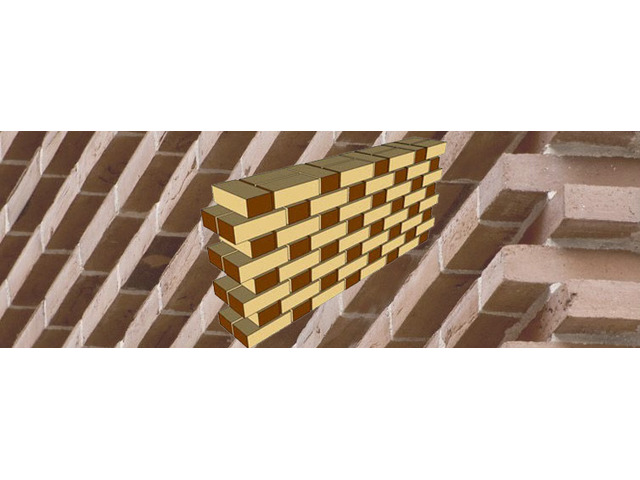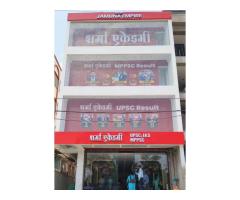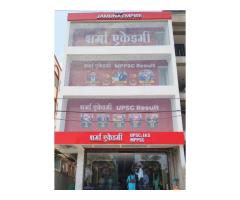Types of Bonds in Brick Masonry wall construction:
The most generally involved sorts of bonds in block stone work are: Stretcher bond
Header bond
English bond and
Flemish bond
Other types of bonds are: Facing bond
Dutch bond
English cross bond
Brick on edge bond
Raking bond
Zigzag bond
Garden wall bond
Stretcher bond
The longer narrow face of the brick is calledA cot bond likewise called a running bond, is made when blocks are laid with just their cots appearing, covering halfway with the courses of blocks beneath or more. Stretcher bond in the brick is the simplest repeating pattern. However, the constraint of cot bond is that it can't make powerful holding with neighboring blocks in full-width thick block facades. They are appropriately utilized exclusively for one-half block thick walls, for example, for the development of half block thick parcel walls. Walls constructed with stretcher bonds are not stable enough to stand alone in case of long span and height. Thus they Then need supporting structures such as brick masonry columns at regular intervals. Stretcher bonds are commonly used in steel or reinforced concrete framed structures as the outer facing. These are likewise utilized as the external looking of depression walls. Other common applications of such walls are boundary walls, gardens etc.
Header bond
In header bonds, all blocks in each course are put as headers on the essences of the walls. While Stretcher bond is utilized for the development of walls of half block thickness though header bond is utilized for the development of walls with a full block thickness whereas header bond is used for the construction of walls with a full brick thickness which measures 18cm. In header bonds, the overlap is kept equal to half the width of the brick. To achieve this, three-quarter brickbats are used in alternate courses as quoins.
English Bond
English bond in block brick work has one course of cot in particular and a course of the header above it, for example it has two rotating courses of cots and headers. Headers are laid focused on the cots in the course underneath and each substitute column is upward adjusted. To break the continuity of vertical joints, quoin closer is used at the beginning and end of a wall after the first header.A quoin close is a block cut longwise into equal parts and involved at corners in block facades.
Flemish Bond
For the breaking of vertical joints in the successive courses, closers are inserted in alternate courses next to the quoin header. In walls having their thickness equal to the odd number of half bricks, bats are essentially used to achieve the bond.Flemish bond, otherwise called Dutch bond, is made by laying substitute headers and cots in a solitary course.
**For more information visit now:** https://www.buildersmart.in/blogs/various-types-of-bonds-used-in-brick-masonry/
Types of Bonds in Brick Masonry wall construction
India, Andhra Pradesh, Hyderabad
Published 1 year ago
ID #139422
1 photo
Check with seller
Types of Bonds in Brick Masonry wall construction
India, Andhra Pradesh, Hyderabad,
Published 1 year ago





 Loading
Loading





















Comments